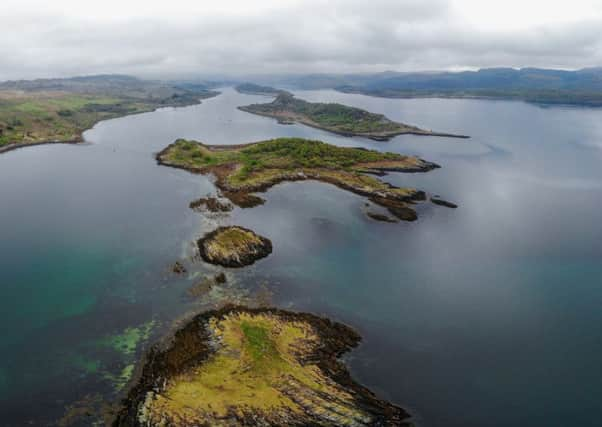Bid to bring back native oysters to west coast loch


Wild native oysters may once again thrive in an Argyll sea loch where they used to be plentiful, thanks to a new reintroduction plan.
The project, based near Ardfern, is the first of its kind to be led by a local community.
Advertisement
Hide AdAdvertisement
Hide AdVolunteers have already brought in the first 1,000 juvenile oysters, which have been placed in cages near the shoreline in Loch Craignish.
It’s hoped the molluscs will settle quickly in their new home and begin spawning, eventually leading to the formation of a new oyster reef.
If successful, more oysters will be brought in later.
The community group Craignish Restoration of Marine and Coastal Habitats (Cromach) is behind the initiative, which is funded by the charity Sea-Changers and supported by Scottish Natural Heritage.
Local firm Lochnell Oysters is also backing the scheme, donating a proportion of the oysters and helping with equipment and stock.
Care and monitoring of the young oysters will be conducted by Cromach members, along with schoolchildren from the local Primary School in Ardfern.
Cromach’s Rory Day has been on site, helping move the oysters into the loch.
“Everyone here is very excited about this project,” he said.
“The native oyster is a remarkable and very useful part of our coastal ecosystem: it cleans the loch, it helps create a habitat for other species, and learning how to help it thrive is a fascinating process for us all –adults and children alike.
Advertisement
Hide AdAdvertisement
Hide Ad“A lot of communities are worried about the degradation and destruction of marine life on their doorstep and this is a great way to take back control of our shores and coastal waters.”
Native oysters were once abundant around Scotland and for centuries were a staple of the national diet.
Fisheries sprung up in several places, supplying home export markets. At its peak, at the turn of the 19th century, the industry produced 30 million oysters per year.
However, overfishing saw the species almost wiped out – it was declared extinct in the Firth of Forth in 1957.
Today it is classified as critically endangered and is protected in the few places where they still survive.
A similar project is taking place on the east coast, where whisky distiller Glenmorangie is working to reintroduce the species to the Dornoch Firth.